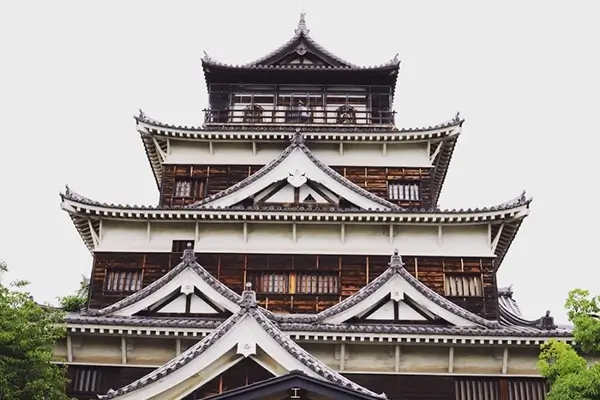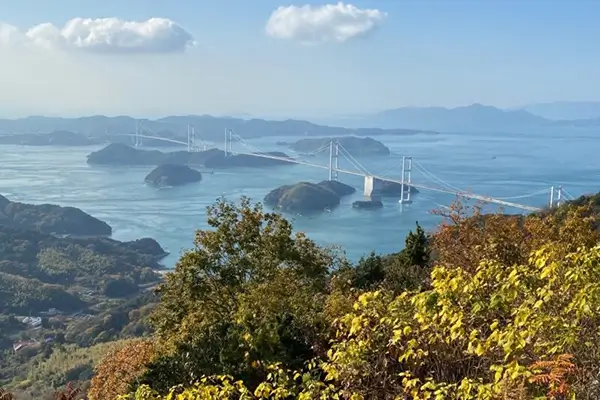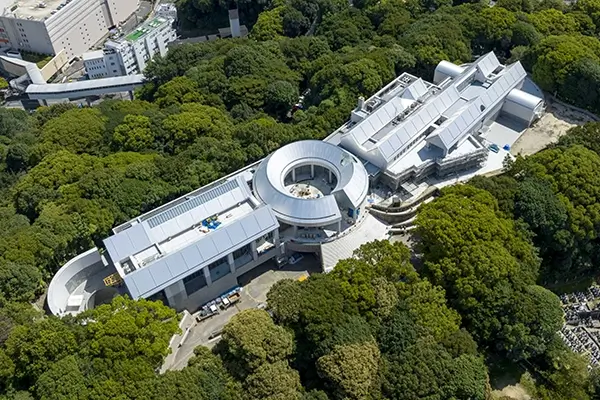
Hiroshima is a name the world will never forget. On August 6, 1945, it became the site of the first atomic bombing in history. But what’s just as remarkable as its tragic past is how far the city has come since.
Today, Hiroshima is a vibrant, welcoming destination where history, peace, and modern culture coexist. You can walk through powerful places like the Atomic Bomb Dome and Peace Memorial Park, then explore bustling neighborhoods, enjoy local cuisine like Hiroshima-style okonomiyaki, and take a ferry to the sacred island of Miyajima. Whether you’re visiting to learn, reflect, or simply explore, Hiroshima offers something profound.
Want to visit Hiroshima and Miyajima in one trip? Our guided tours cover the must-see sites—with historical context and smooth planning included.
What Happened on August 6, 1945?
At 8:15 AM on August 6, 1945, the United States dropped an atomic bomb—nicknamed “Little Boy”—over Hiroshima. The bomb exploded approximately 600 meters above the city, instantly leveling buildings, igniting fires, and causing widespread devastation.
By the end of 1945, it’s estimated that around 140,000 people had died as a result of the blast, heat, and radiation. Many victims were civilians—children walking to school, workers starting their day, entire families going about their lives. The bombing left deep physical and emotional scars. Yet Hiroshima’s recovery has become a global symbol of peace and resilience.
Learn more in our dedicated articles:
• Atomic Bomb Dome – The iconic structure that survived
• Peace Memorial Museum – Personal stories and history
• Peace Memorial Park – Monuments and meaning
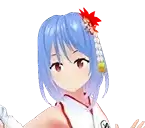
I recommend visiting the museum—even if you think you know the history. Seeing a charred school uniform up close was something I’ll never forget. It’s a place that speaks to both your mind and your heart.
Is It Safe to Visit Hiroshima Now?
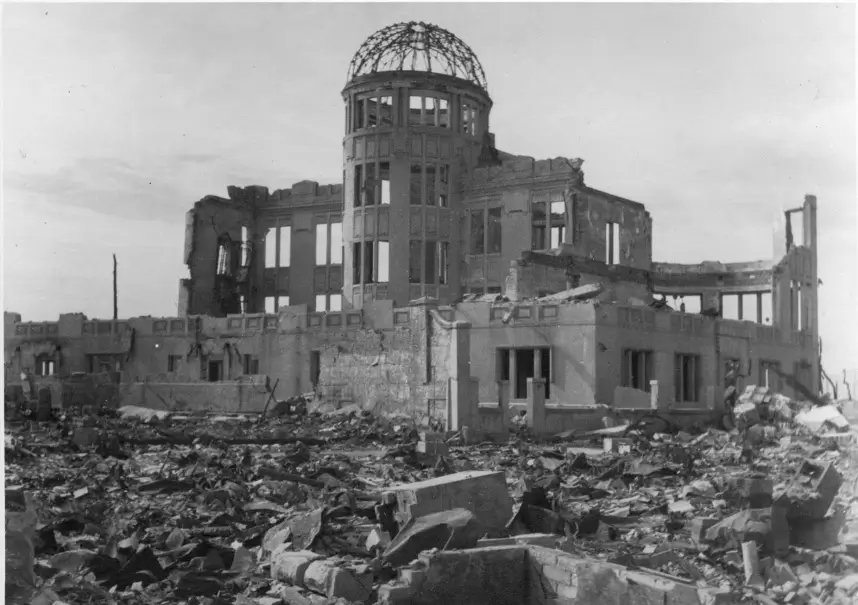
Yes—Hiroshima is completely safe to visit. In fact, it’s one of the most welcoming and vibrant cities in Japan today. Radiation levels returned to normal background levels within a year after the bombing. Because the atomic explosion occurred in the air (about 600 meters above ground), most of the radioactive material dispersed into the atmosphere rather than contaminating the ground.
Today, Hiroshima is home to parks, universities, festivals, and a strong local community. You’ll find a modern, clean city with excellent public transportation and plenty of English-friendly services for travelers. Visiting Hiroshima is not only safe—it’s an essential experience for those wanting to understand Japan’s past and how the city has built a peaceful future.
Things to Do in Hiroshima
Okonomimura

This building in downtown Hiroshima is packed with over 20 okonomiyaki stalls—each with its own take on Hiroshima’s signature dish.
Watch the chefs stack noodles, egg, cabbage, and sauces right in front of you at the counter.

The okonomiyaki chef flipped noodles and batter right in front of me. I added spicy sauce, took a bite—and instantly understood the hype!
How to Get There
Hiroshima City is located in western Japan, in Hiroshima Prefecture, part of the Chugoku region.
- From Tokyo: About 4–5 hours by Shinkansen (bullet train)
- From Osaka: 90 minutes by Shinkansen
- From Kyoto: 1 hour 40 minutes by Shinkansen
- Hiroshima has its own airport with domestic and international flights
Q&A – Hiroshima Travel Tips
How many days should I spend in Hiroshima?
One full day is enough to cover the Peace Memorial Park, Museum, and Miyajima. But if you want to explore the city more deeply, two days lets you enjoy local food, museums, gardens, and nearby hikes without rushing.
What’s the best time to visit Hiroshima?
Spring (March–May) and autumn (October–November) offer mild weather and beautiful scenery. Cherry blossoms in late March and colorful leaves in November make the Peace Park especially photogenic.
What local food should I try?
Don’t miss Hiroshima-style okonomiyaki—a layered savory pancake with noodles. You’ll also find fresh oysters, lemon-based dishes, and sake brewed from the region’s clean water.
Is English widely spoken in Hiroshima?
While not everyone speaks fluent English, signs and announcements at major tourist spots and stations are bilingual. Museums and the park provide audio guides and brochures in multiple languages.
Is Hiroshima a good base for day trips?
Absolutely. Miyajima, Iwakuni’s Kintaikyo Bridge, and Onomichi are all popular day-trip options with easy access by train or ferry.
Visitor Info – Hiroshima
Getting Around
- Hiroshima Electric Railway (Hiroden) streetcars connect major tourist spots
- IC cards like ICOCA and Suica are accepted
- Buses and taxis are also available, but streetcars are the most iconic
Accommodations
- Plenty of hotel options near Hiroshima Station or the Peace Memorial Park area
- From budget-friendly to modern city hotels with river views
Languages & Accessibility
- Major museums and transport hubs have English signs
- Peace Memorial Museum offers multilingual audio guides
- Many locations are wheelchair-friendly
Last updated: December 2025
